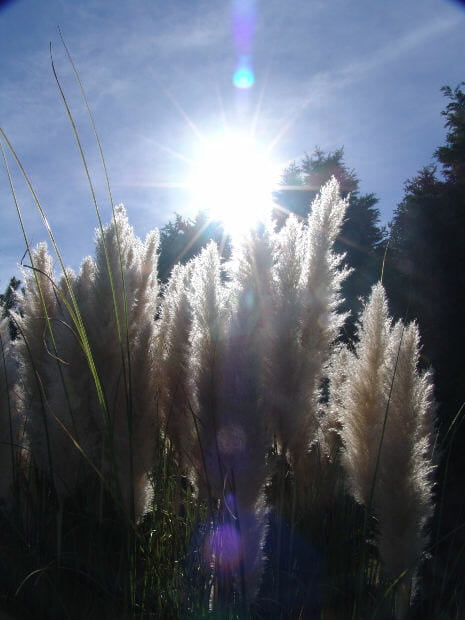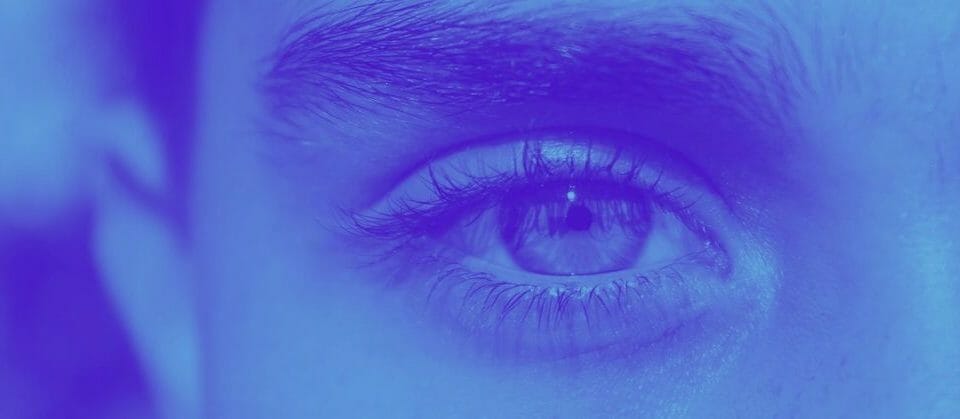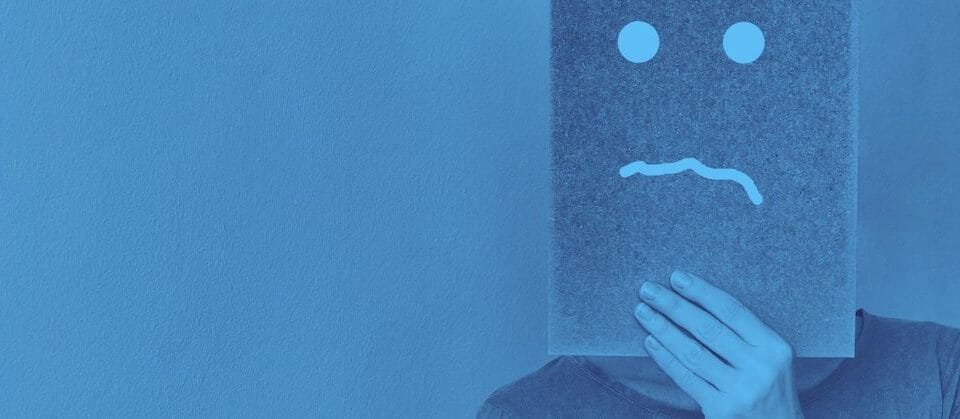ADHD: Should I ask for workplace accommodations?
September 30, 2013
The Sunshine Vitamin and Depression
October 24, 2013Treating the Winter Blues

It’s fall in North Dakota, which means the weather is beginning to cool, and we can sense the impending snowy season. Some people perceive this change earlier in the year, even mid-summer, and they come to dread the change in season. Maybe you’re one of those people who feel like hibernating all winter long, stop most social engagements when the season changes, or find it difficult to motivate yourself to do tasks that you found easy to do in the summer. You may be experiencing seasonal affective disorder (SAD) or “winter blues.”
Some of the symptoms of SAD are: reduced energy levels, increased eating, lower sex drive, mood problems, like depression, and disturbed sleep. The severity of seasonal changes varies greatly from person to person, or even how an individual is affected from winter to winter. Additionally women are more vulnerable to the effects of SAD than men, which may be related to sex hormones, like estrogen and progesterone. It seems that the disorder is inherited, so if you are affected than it most likely affects at least one other person in your family.
What can you do to treat SAD? Medication and psychotherapy may be part of the solution for you, but a treatment that has been effective for many people experiencing the winter blues is light box therapy. Increasing a person’s exposure to light can decrease melatonin, boost brain neurotransmitters, and restore normal circadian rhythm function. That’s why those who have difficulty sleeping or setting the body’s day-night clock can also benefit from light box therapy.
How do you use a light box?
After you have purchased a light box, you start by sitting in front of it for about 20 minutes per day for a few days then increasing the time in 10 minute increments until you are around 45-50 minutes per session. After a couple of weeks at that length of time, you can decide if the treatment is effective or if you need to take further steps, like medication or counseling.
Most people feel the effects of therapy after two to four days, and they might notice an increase in energy and an improved mood level. Others may not notice any changes for days or weeks if they haven’t been as aware of how decreased light has affected them when the season changes. The best time of day for light therapy seems to be in the morning, and it’s good to keep a daily routine because some people feel their symptoms returning after skipping only one or two days.
What time of year should you start light box therapy?
It’s best to start therapy one month before your first symptoms of winter depression appear. Even before learning about SAD, some people notice a certain month of the year where they have a mood-shift.
There are other factors to consider while using light therapy, such as a better winter diet or increasing your amount of weekly exercise. Some people feel better by adding more environmental light by moving to a new apartment or home, or changing offices to one that has windows. Finally, stress management is essential, especially during a time of year when you don’t feel at your finest. You might consider adding yoga and meditation to your treatment plan to help with that stress.



